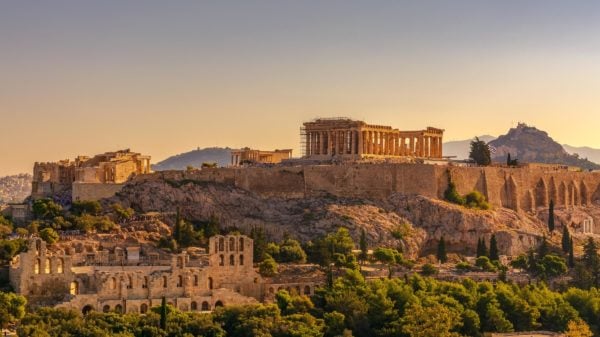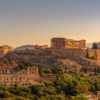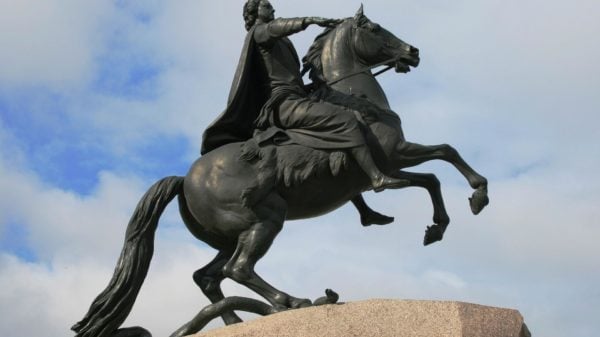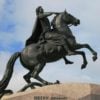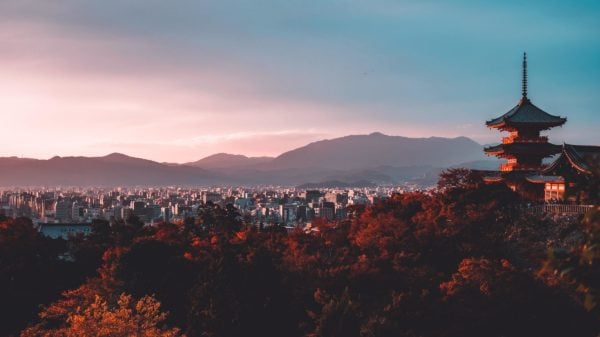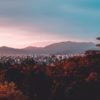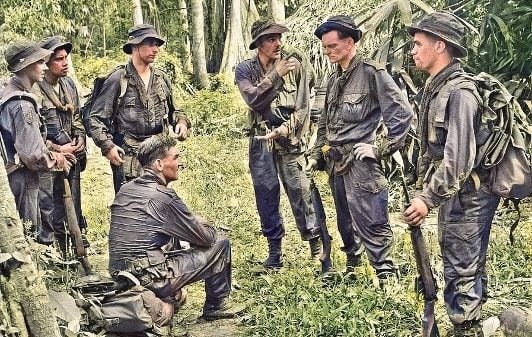Hnefatafl, also called Tafl games, can trace its roots back in Scandinavia. It is presumed to come from a war game of the Romans known as Ludus Latrunculorum, which was also derived from a Greek game called petteia. When the Scandinavians adopted the game, the hnefatafl traveled to other countries like Iceland, Germany, France, Ukraine. Greenland and the British Isles as a result of their trading activities or invasion.
Archeologists discovered different hnefatafl games and pieces in several Warrior Burials all over Northern Europe. One of them includes a wooded board and one gaming piece made using a horn seen in a Gokstad ship burial in Norway. Another archeological find connected to the games is the 22 gaming pieces formed using whalebone seen in the Orkneys.
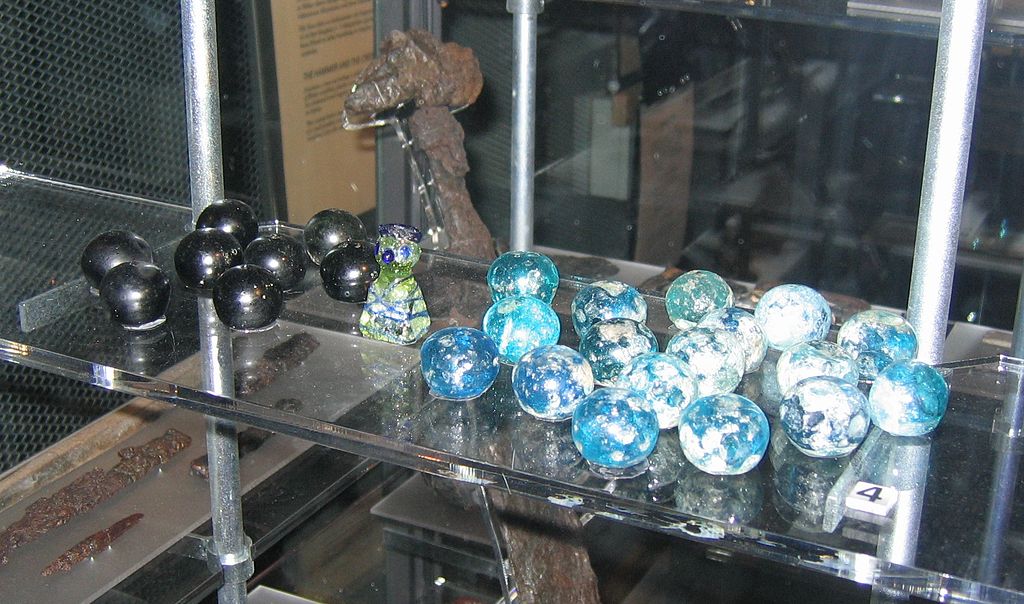
Hnefatafl game board and pieces that are currently displayed at the Swedish Museum of National Antiquities.
One artifact could also explain how the game reached the Scandinavian shores. A portion of a gaming board was included in a bog in Vimose in the Danish island called Funen. The artifact can date back to approximately AD400. It could belong to a war booty offering intended to the gods.
Since the Norsemen started to move away from their homeland to go on conquest and trade adventures in the eighth century, it is no longer surprising that they took the game of hnefatafl with them anywhere they go. It resulted in the development of different variants that use different rules.
One of the most popular ones is the Tablut played by the Sami people. It is unique compared to other hnefatafl games and was still widely played during the 18th to 19th century.
Swedish botanist Carl Linnaeus had a recording of the tablet rules. He also possessed an illustration of the board and game pieces in his journal. He reportedly gets exposed to the game during his expedition in the Swedish side of the Lule River.
The people in Wales played another variant called Tawlbwrdd. Robert ap Ifan documented the game in his manuscript dating back from 1587. Robert ap Ifan documented the game in his manuscript dating back from 1587. Other known versions include:
• The Alea evangelii that the Anglo-Saxons played during the 12th century.
• The Scottish Ard Ri.
• The Irish version of the game called Brandubh.
Most ancient empires lose their glory, and parts of their culture also wax and wane alongside their power. One of the casualties of the death of the Viking era is the popularity of hnefatafl. It could be the result of the Scandinavians’ cultural integration to the area that they conquered or the emergence of other more popular and more timeless games from another culture.
There were several attempts to revive hnefatafl. In 2008, Peter Kelly reintroduced the game in the quaint island called Fetlar in Shetland. The place now holds the World Quickly Hnefatafl Championship every summer. Another tournament was also held in England in 2017. But those who cannot join or watch the hnefatafl tournaments in these locations can play it in online sites dedicated to this newly re-established ancient game from the Norse civilization.





